Let's do one with three pieces...
Graph
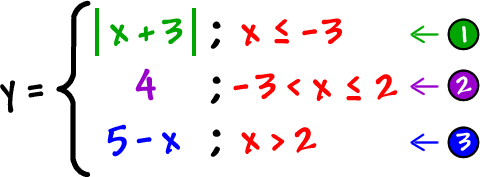
Let's put up the fencing:
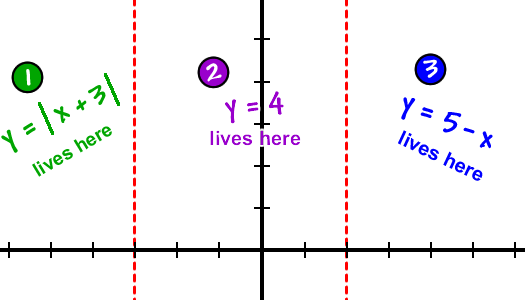
Remember that they can't cross over into the other neighborhoods!
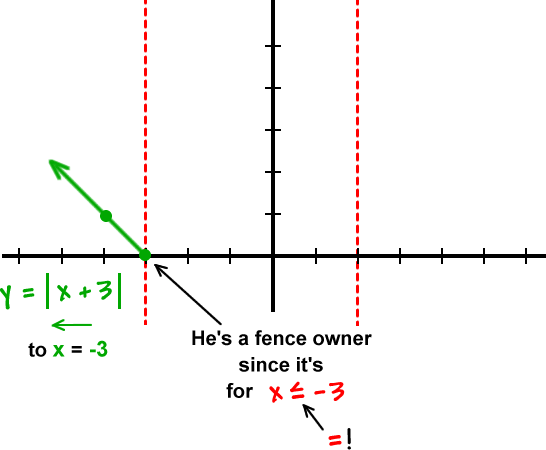
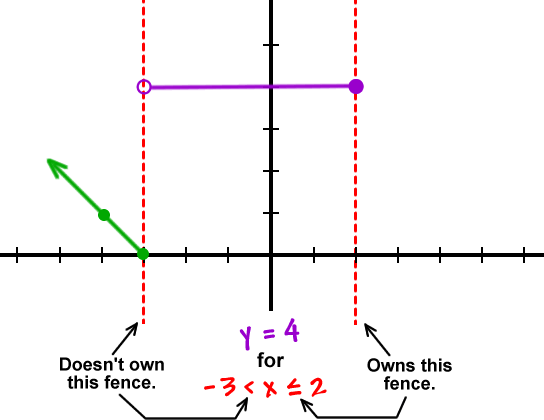
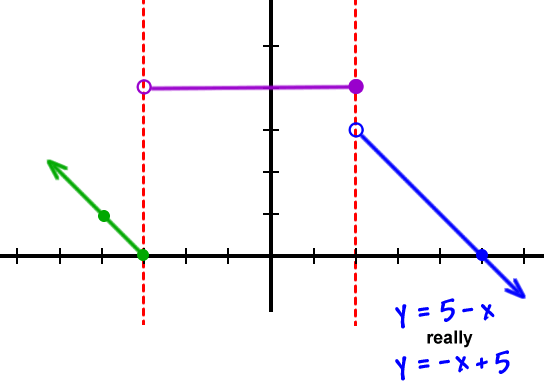
OK, so why are we being so careful about not crossing the fences into the other neighborhoods?
Because these guys are functions! Remember that functions have to pass the vertical line test.
TRY ONE:
Graph
